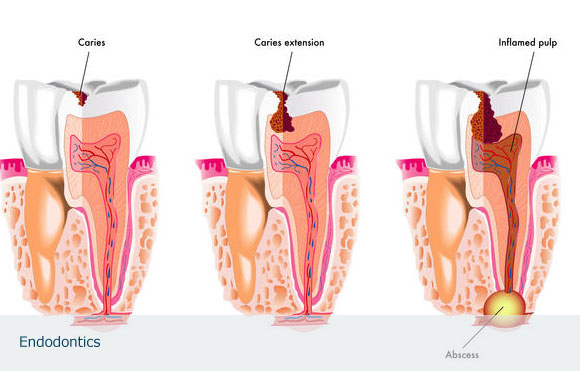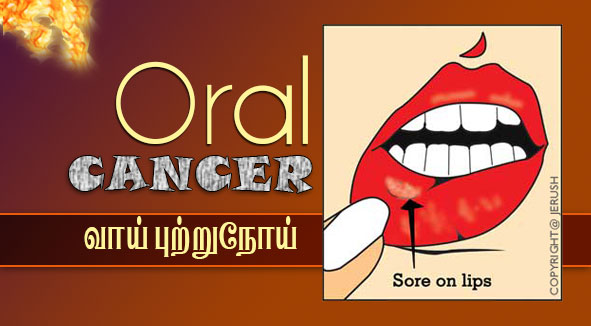
Oral cancer comes under a larger group of cancers named head and neck cancers. Mouth cancer or Oral cancer is the persistent growth of cells or sore in the mouth that can be cured only by proper treatment. It can be found in lips tongue, inside cheeks, roof or floor of the mouth, palates, sinuses, and throat, and can be a threat to life, if not treated early. Oral cancer is the most threatening oral disease. But it can be curable if detected and treated at an early stage and thereby the patient can lead a normal life.
What are the symptoms of oral cancer?
- Red or white-colored swellings anywhere along the soft or hard surface of the mouth, gums, any part of the tongue or lips
- Sore that doesn’t heal and swelling that prolongs for more than 2 weeks
- Pain/tenderness, a numbness or loss of sensation in any parts of the mouth or neck
- Difficulty in chewing or swallowing, speaking, pain while working with jaw or tongue
- Unexplained tooth or denture loosening
- Ear pain, tongue pain, sore throat or hoarse voice
- Dramatic body weight loss
Please consult your doctor immediately if you experience any of the above symptoms.
Oral cancer screening and treatment @ Jerush
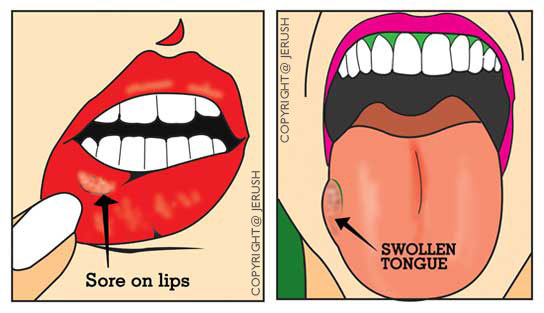 Lip cancer and tongue cancer illustration
Lip cancer and tongue cancer illustration
Our dentist at Jerush will conduct an oral cancer screening for those who will come prepared for it. For regular dental checkup visitors, this screening is a part by default. A complete check-up will be conducted to trace out any signs of oral cancer exist. A biopsy if needed will be taken to ascertain the areas in doubt.
Treatment for oral cancer
Surgery is the generally accepted treatment for any type of cancer. The cancerous cells are surgically removed and to destroy the remaining cells, radiation (therapy) is applied, followed by chemotherapy (drug treatments).
A regular dental visit is advised for early detection and treatment of mouth cancer. If you have any mouth cancer symptoms, please visit our center at Thuckalay which is 20 minutes travel distance from Nagarcoil and Marthandam.
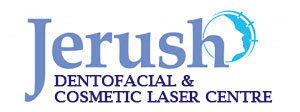

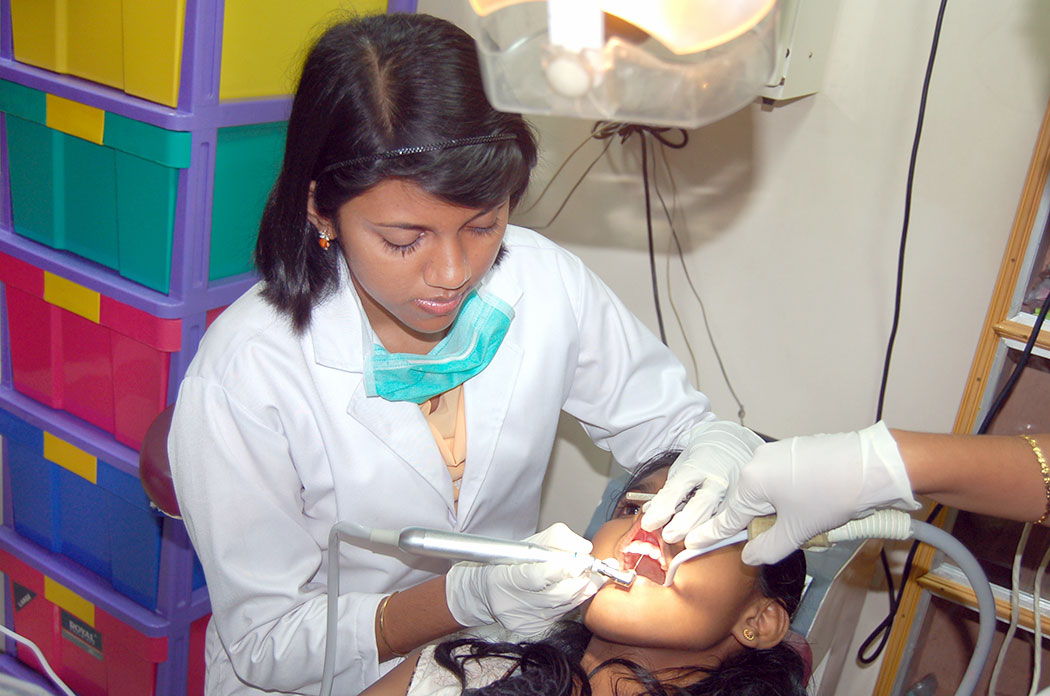 Dr. Binila Bladbin, MDS, Oral & Maxillofacial surgeon @ Jerush dental and facial corrective centre.
Dr. Binila Bladbin, MDS, Oral & Maxillofacial surgeon @ Jerush dental and facial corrective centre.
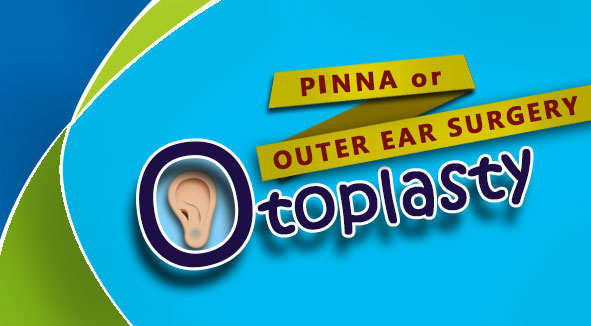
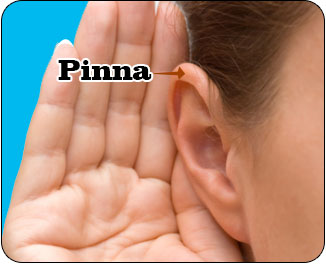 outer ear-pinna image
outer ear-pinna image

 Dental Chairs-Different view angles from the floor
Dental Chairs-Different view angles from the floor

 Gummy smile patient@Jerush
Gummy smile patient@Jerush
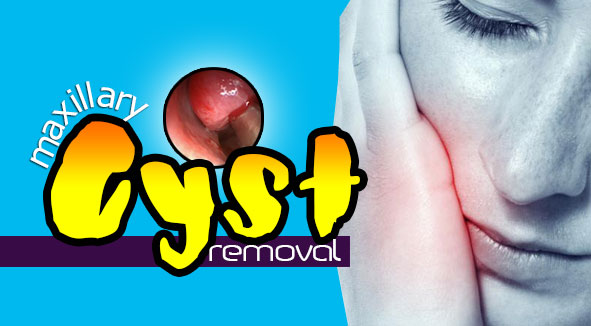
 Maxillary cyst removal stages for a patient at Jerush dental and facial corrective centre, Thuckalay, Tamilnadu
Maxillary cyst removal stages for a patient at Jerush dental and facial corrective centre, Thuckalay, Tamilnadu
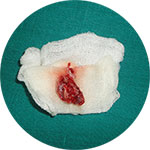 Maxillary cyst-Surgically removed pus like material
Maxillary cyst-Surgically removed pus like material
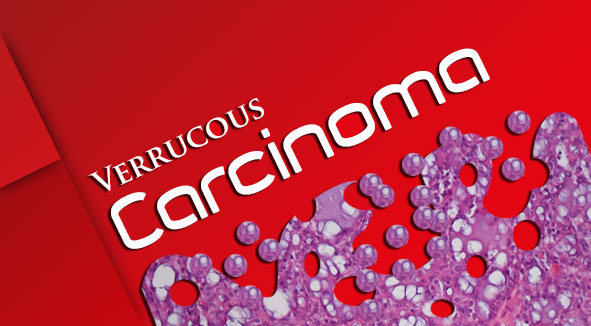
 Carcinoma-treatment-different Stages
Carcinoma-treatment-different Stages

 Different-types-of-braces at Jerush dental and facial corrective centre
Different-types-of-braces at Jerush dental and facial corrective centre
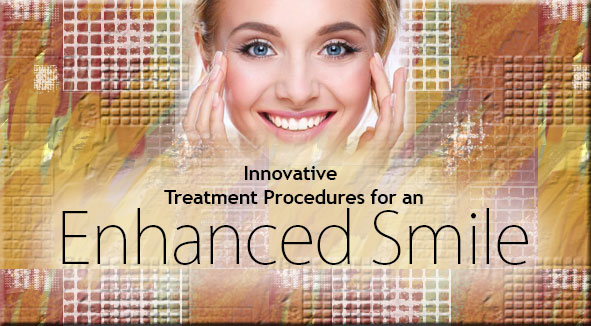
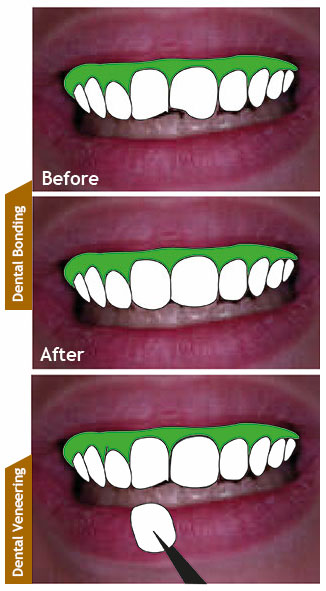 Dental Bonding & Veneering
Dental Bonding & Veneering
 lite cure-composite (drawing)
lite cure-composite (drawing)

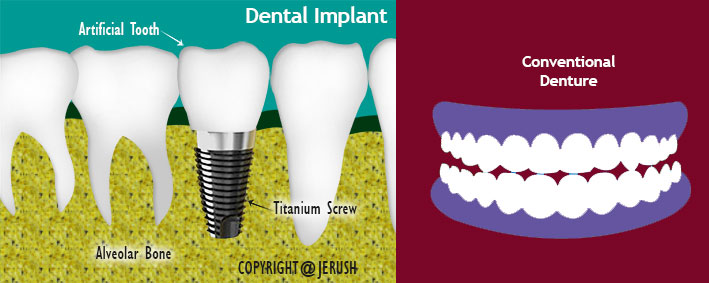 Dental implant treatment and Dentures – Illustration @ Jerush dental and facial corrective centre Thuckalay
Dental implant treatment and Dentures – Illustration @ Jerush dental and facial corrective centre Thuckalay

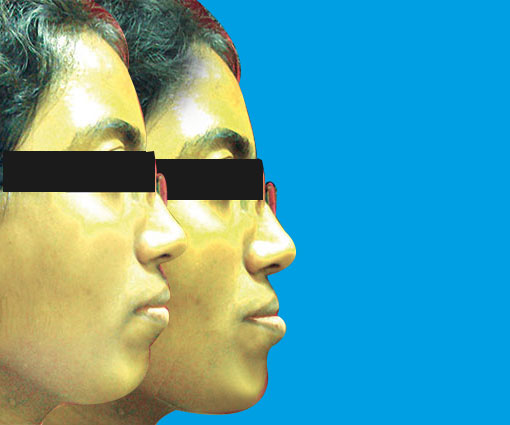 Facial-aesthetics-before-after
Facial-aesthetics-before-after

